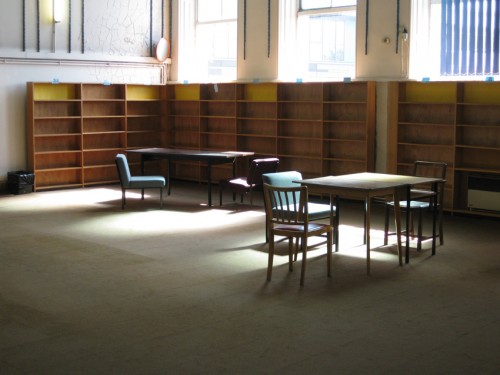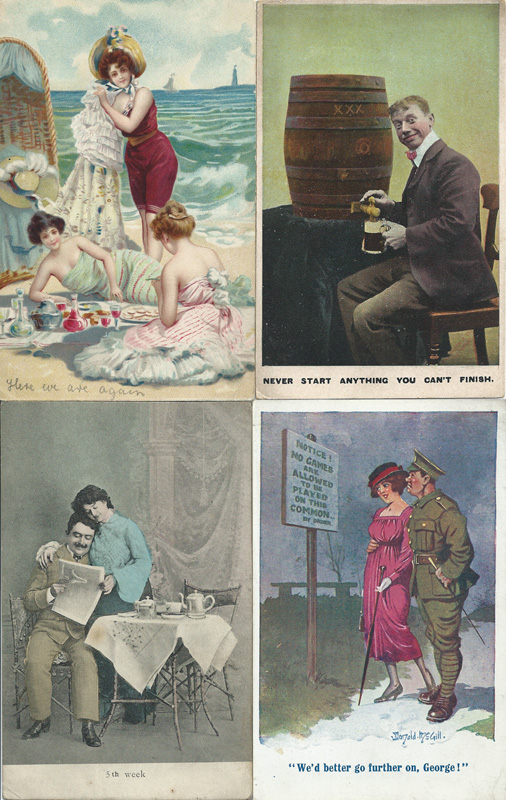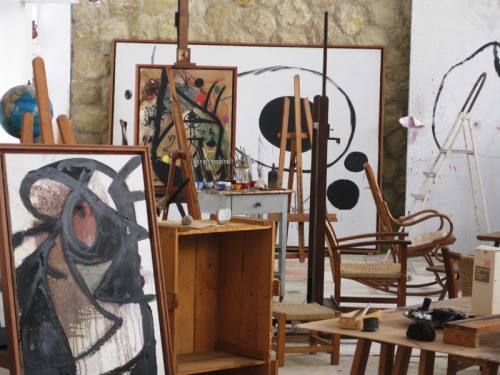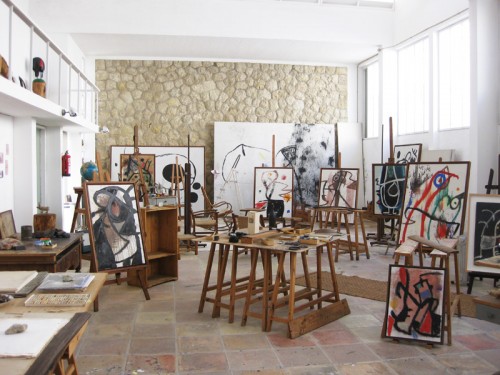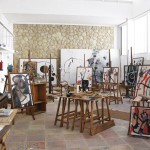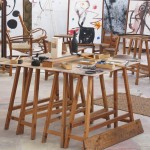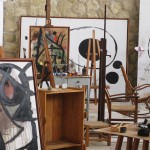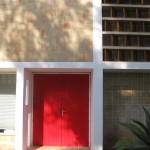I’ve just come back from a few days in Durham, working on a very exciting project with a team from the Royal Festival Hall. Pull Out All The Stops is a campaign to restore the spectacular organ at the RFH, all 7,500 pipes – the restoration is now almost complete and will be celebrated with a huge organ festival next spring. Two lucky primary schools have been involved throughout, with the Year 5 classes visiting both the RFH and the workshop in Durham which both built and restored the organ, Harrison and Harrison.
My role has been to work with the two schools to produce a children’s guide to the organ, for and by children, and I will post more on this nearer the festival. Last week I felt very lucky to visit Harrison and Harrison with children from the school in county Durham, as well as a film-maker and an animator – the results are going to be fabulous! The children spent a day drawing then filming with Sam, and another day animating with John from Skidaddle Films – this was very inspiring to watch and made me really want to experiment more with film. We also had a great time inventing a board game (based on snakes and ladders), which will be part of the festival next spring.
It was thrilling to get to see how an organ is made, up close – the metal room was particularly exciting, as we were able to watch old pipes rapidly disappear into a furnace and emerge on a giant ladle as a shining river of molten lead. Dotted throughout the workshop were cauldrons of honey-like glue….I particularly loved the description of the visit one boy wrote the following day: “The smelly golden glue, sprinkling out like golden syrup out of the hot pot in steaming water falling. Saws chopping, drills cutting, metal hammers banging loud.”
There’s a lovely notice in the foyer of the workshop – Mr Harrison’s Instructions, dated 1883. Looking after the organ is important: “Should the keys get dusty, as they surely must from time to time, do not begrudge a few moments to clean them. What can look worse than to see the delicate ebonies and ivories of the notes and drawstops in a state of dirt and dust, helping them, forsooth, to lost their whiteness and polish prematurely. A soft dry duster is all that is needed.”







